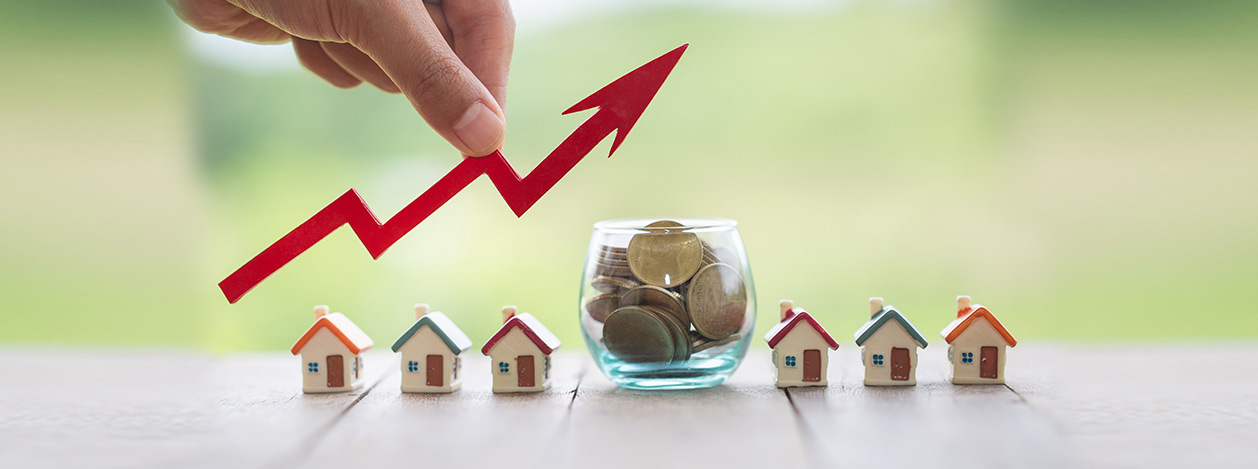+ Welcome to GERA, LET'S OUTDO

Property Investment Guide | 10th September, 2023
Buying a home or a property is an important decision and often, a once-in-a-lifetime event. It could be one’s own home or an investment. Although one must consider important aspects like location, connectivity, facilities, etc., it is important to know certain technical terms, or the common jargon used, that is crucial while making these decisions. A home buying guide explains real estate terms like carpet area, built-up area, and super area giving the buyer an exact understanding of the space and dimensions of the property they are investing in. It also aids in understanding the financial transactions clearly in the home-buying process.
In simple terms, the carpet area includes:
1. The complete floor area that is covered in a carpet was to be laid on it.
2. The thickness of the internal walls that separate the rooms.
3. Staircase, if any, only if it is inside the property.
It does NOT include:
1. Area covered by the external walls.
2. Areas under service shafts.
3. Balcony, veranda, and Open terrace and flower bed area.
The Built-Up area is the carpet area along with the area covered by the external walls and the balcony, if any. The built-up area is always greater than the carpet area. Generally, but not always, the built-up area is 20% to 30% more than the carpet area.
An easy formula to calculate the Built-Up Area can be: -
Built-Up Area = Carpet Area + Thickness of the external walls + Balcony area + Exclusive Corridor area
Super Built-Up area or super area is a total saleable area that includes the built-up area and the common areas like the staircase, lobby, corridors, lifts, and amenities like gardens and clubhouse, etc., within the confines of the building property.
The difference between the super built-up area and the carpet area of the property is known as the loading factor. The loading factor is calculated using the formula given below:
Super built-up area = Carpet area *(1 – Loading factor)
So, if the loading factor is 1.3 then the 0.3 component of the loading factor constitutes the outer walls and amenities of the building.
To make it simpler, it is also expressed in the form of a percentage. If for instance, the loading is said to be 30%, it means the developer has added 30% to the carpet area to the construction.
As per RERA (Real Estate Regulatory Act), the property prices should be based on the carpet area and not on built-up or super-built-up areas. It is common knowledge that developers often confuse property buyers with jargon. It is important to have a clear understanding of these terms and be aware of all the details of the property before deciding to invest in it.
Your email address will not be published. Required fields are marked *

Property Investment Guide | 20th March, 2019

Property Investment Guide | 17th July, 2020
Welcome to Gera Developments, creators of premium residential
and commercial
projects.
We strive for excellence and our
main objective is not just to meet the
expectations of our customers but to surpass them.
Privacy Policy - Disclaimer - Sitemap - Whistleblower
@2025 Official Website of Gera Developments Private Limited.

for your interest. We will contact you soon.
Disclaimer:
By filling our web enquiry form, you authorize us to send you transactional and
promotional SMS and calls regarding the products/services you have shown interest in.

you've taken the first step to being an outdoer.
Our team will evaluate your profile and get back to you. Thanks. All the best!

Thanks for bringing this to our notice.
Rest assured requisite action will be taken.